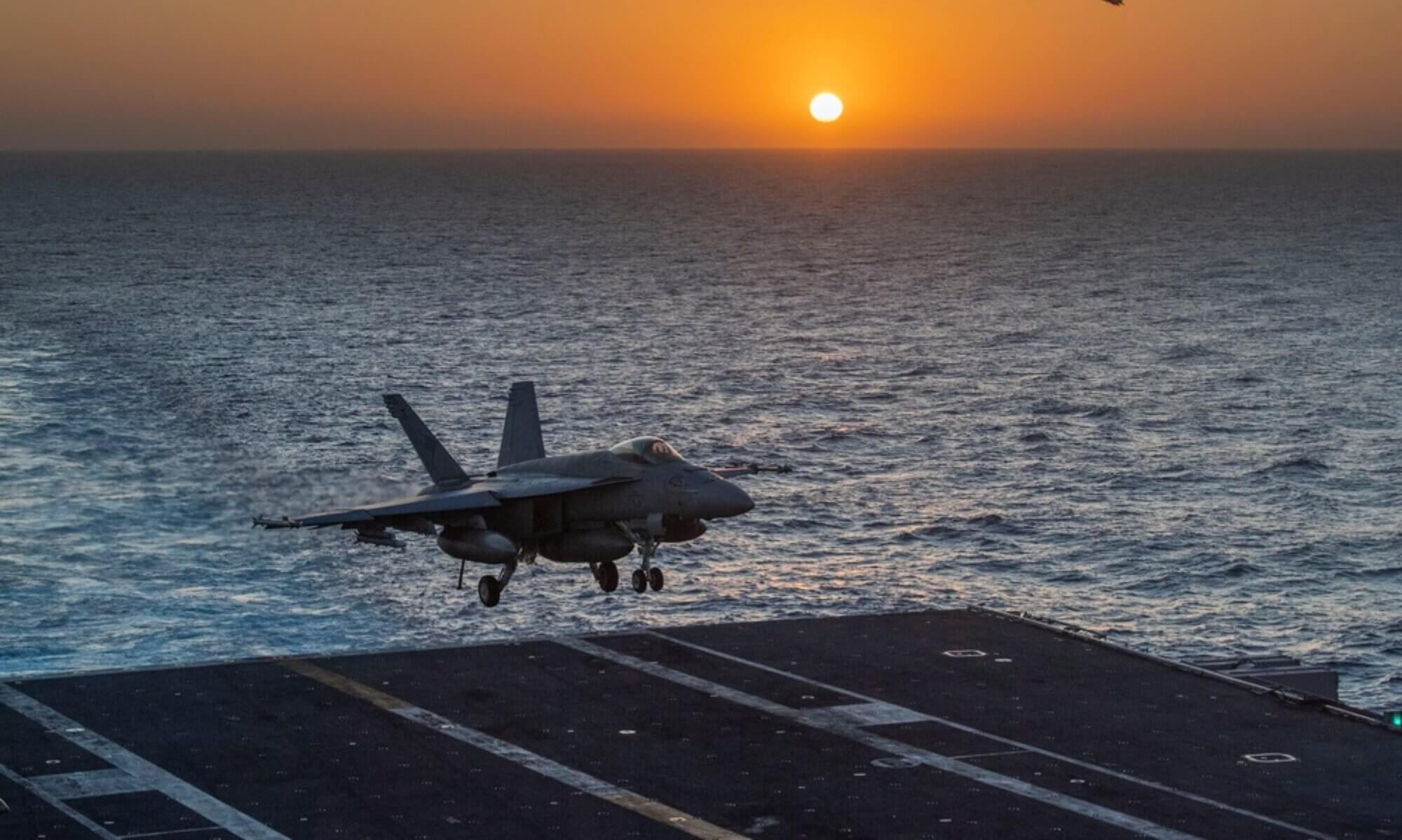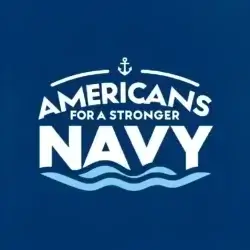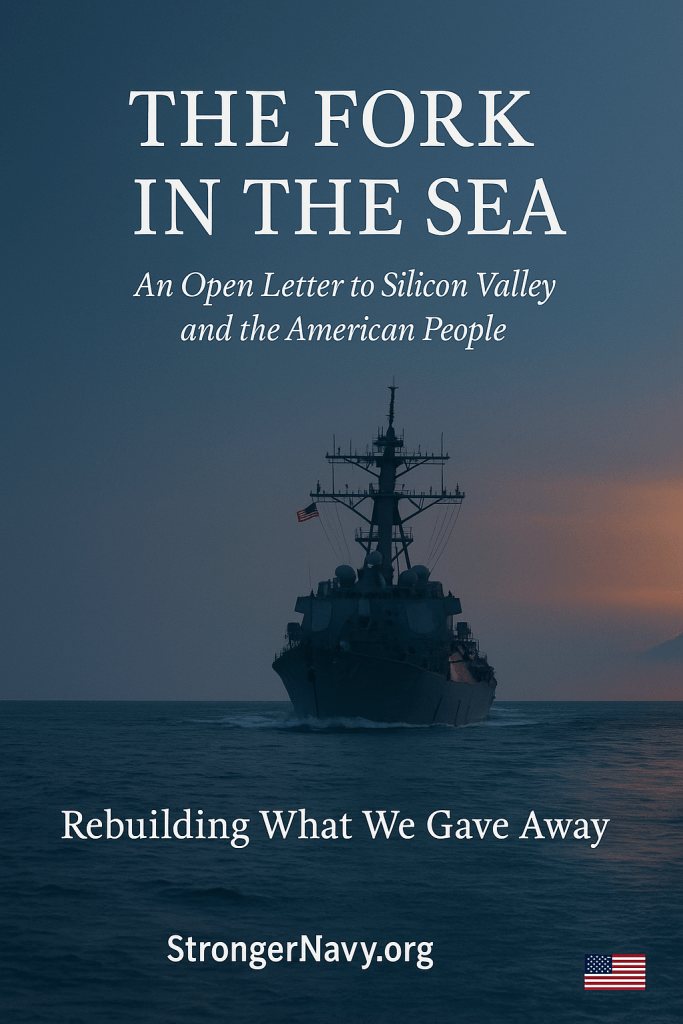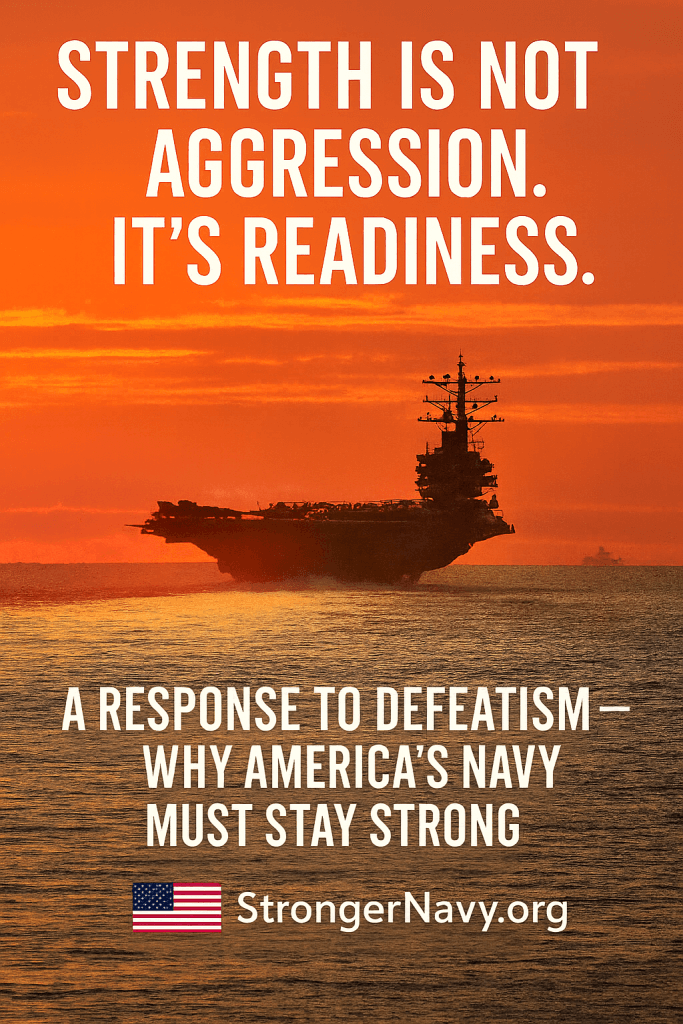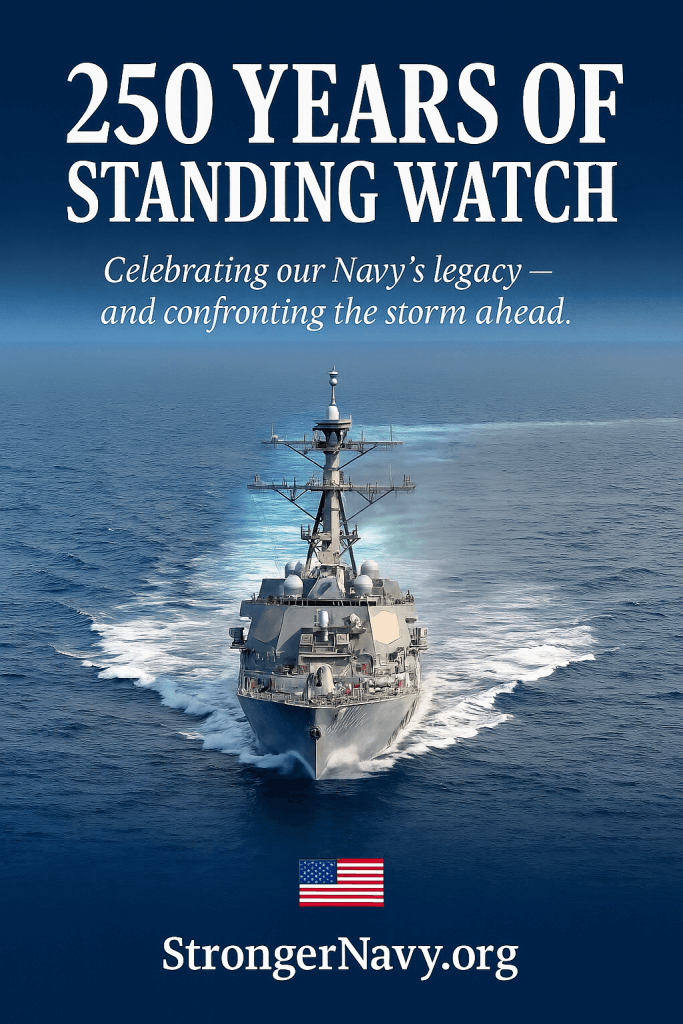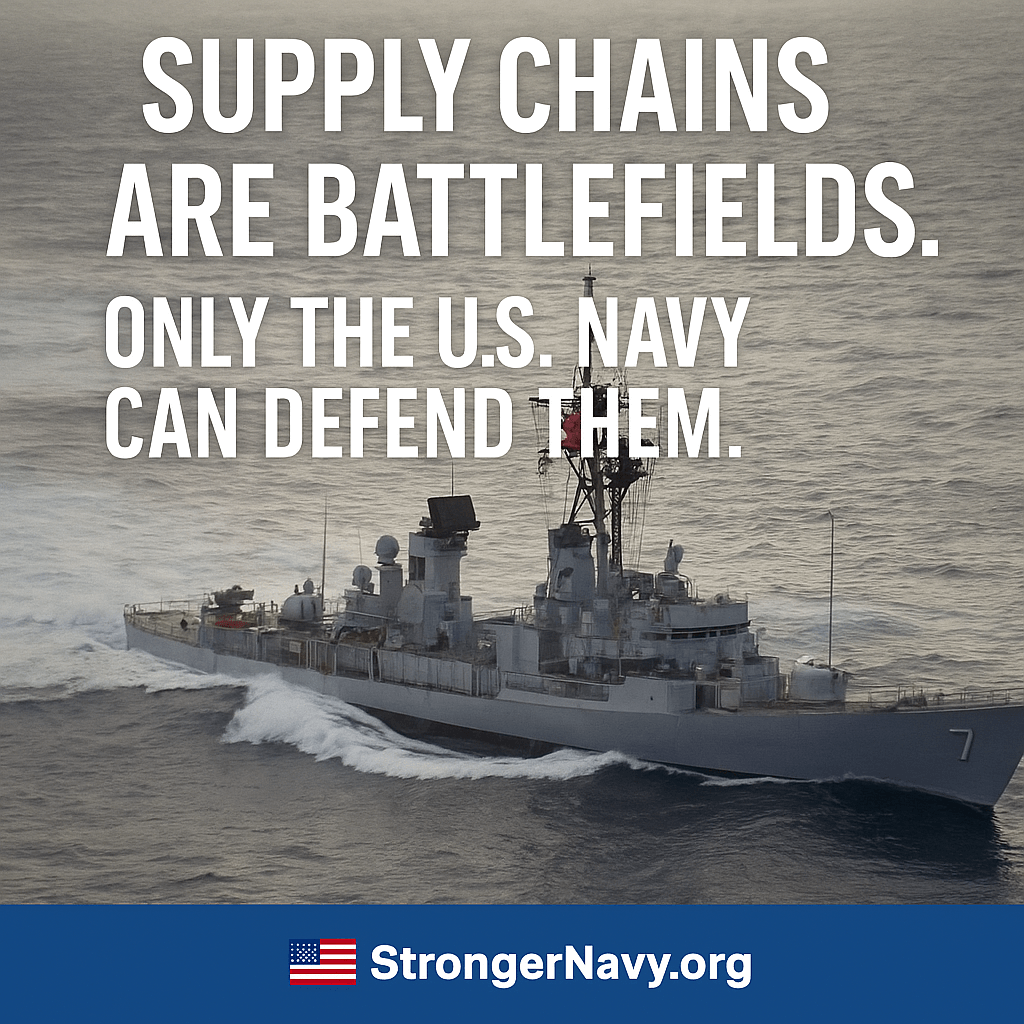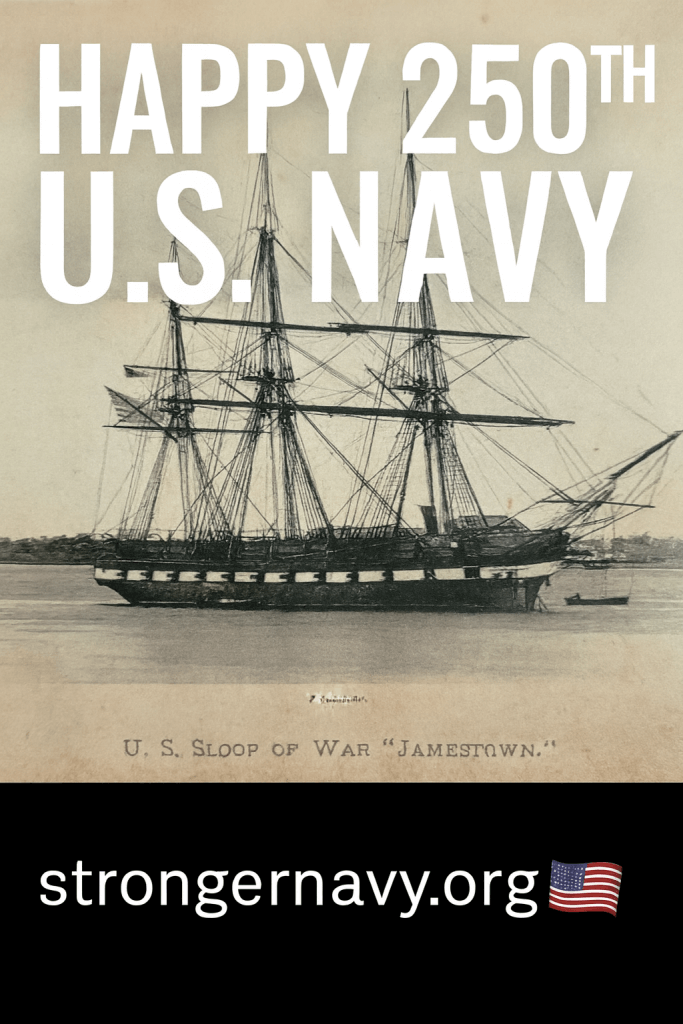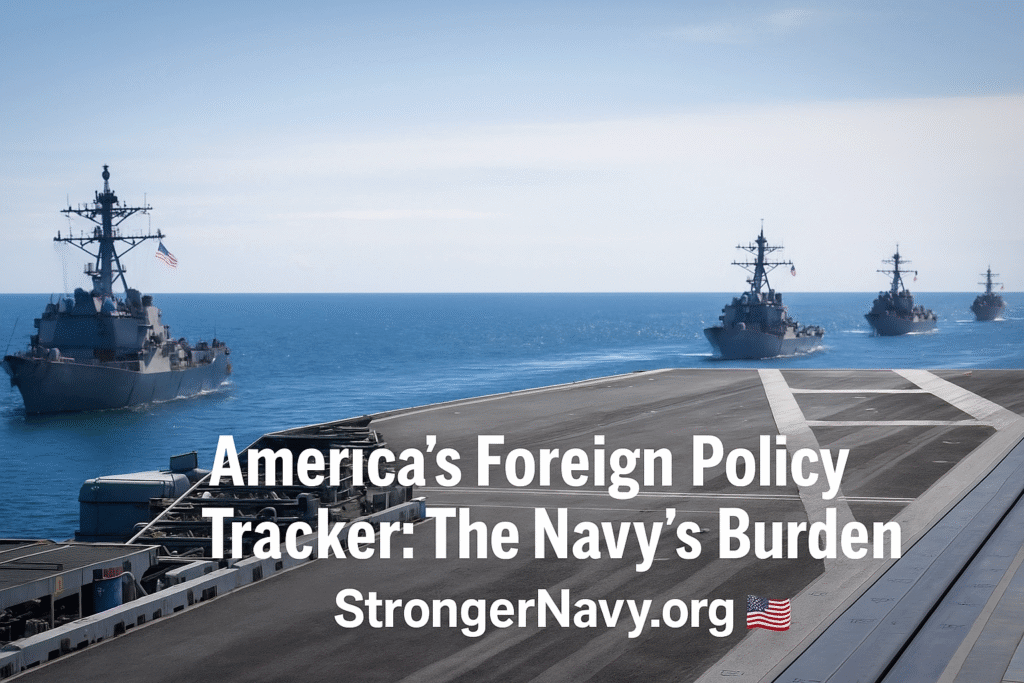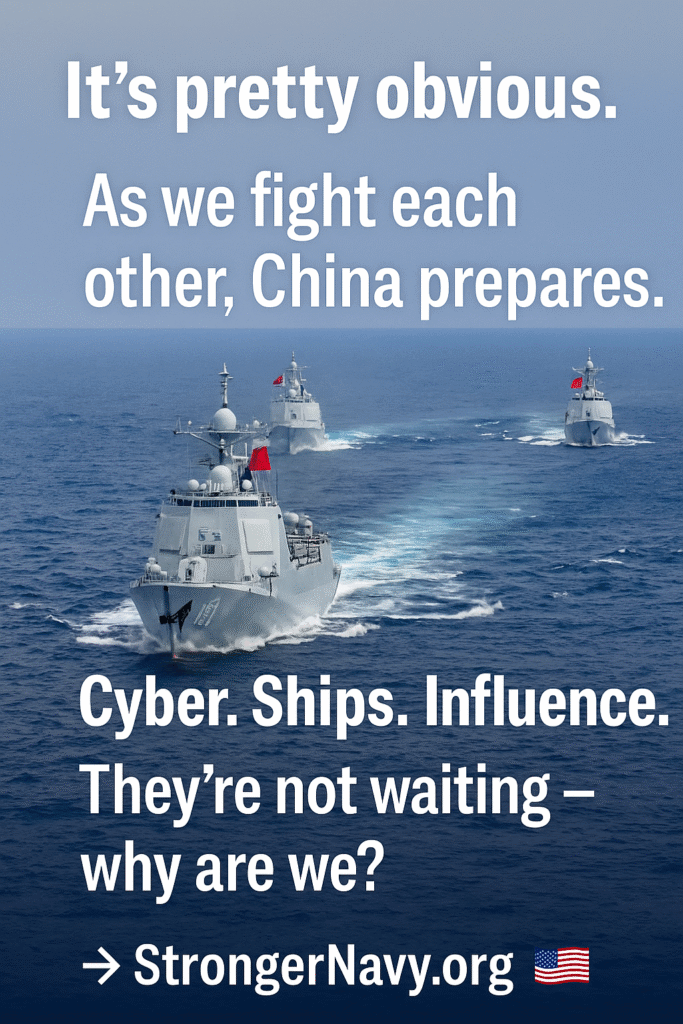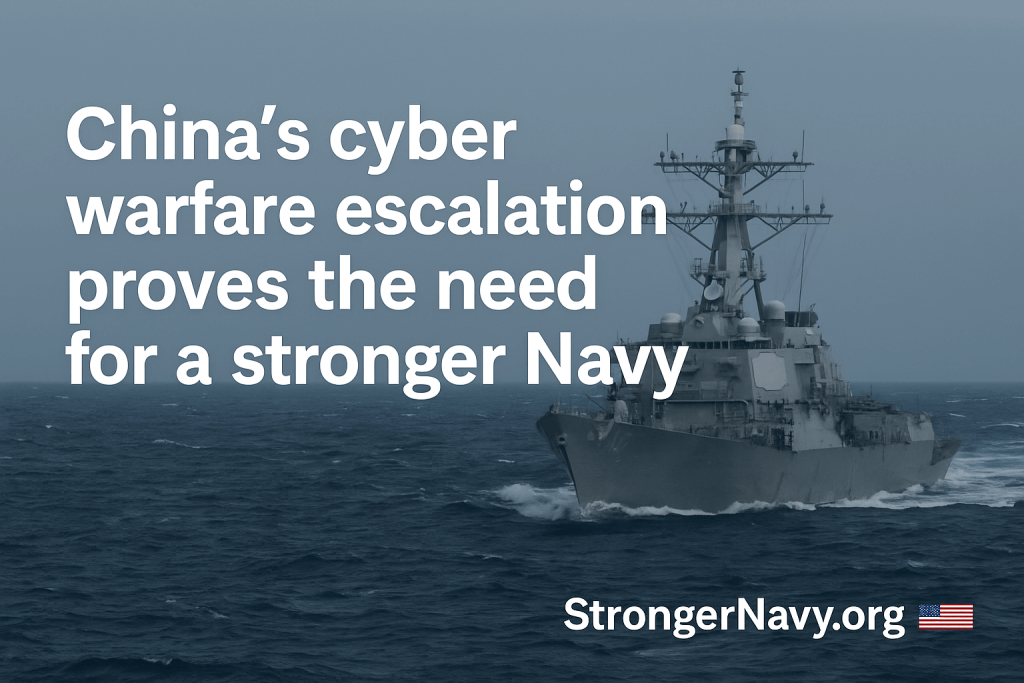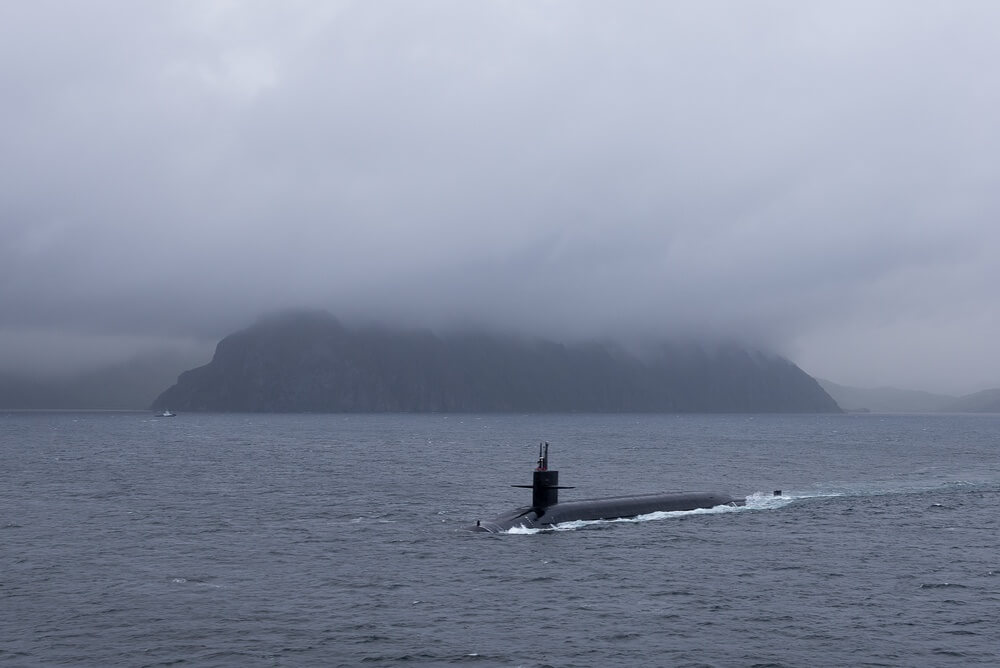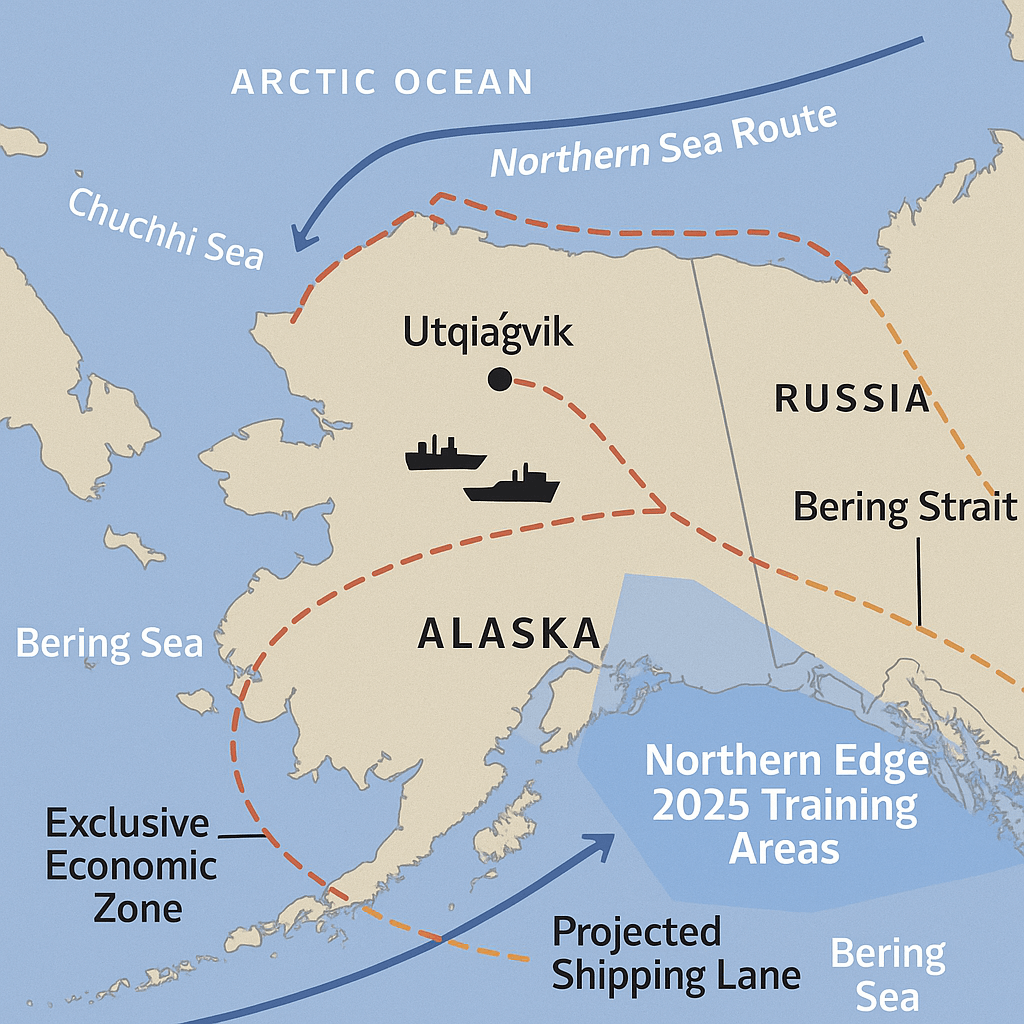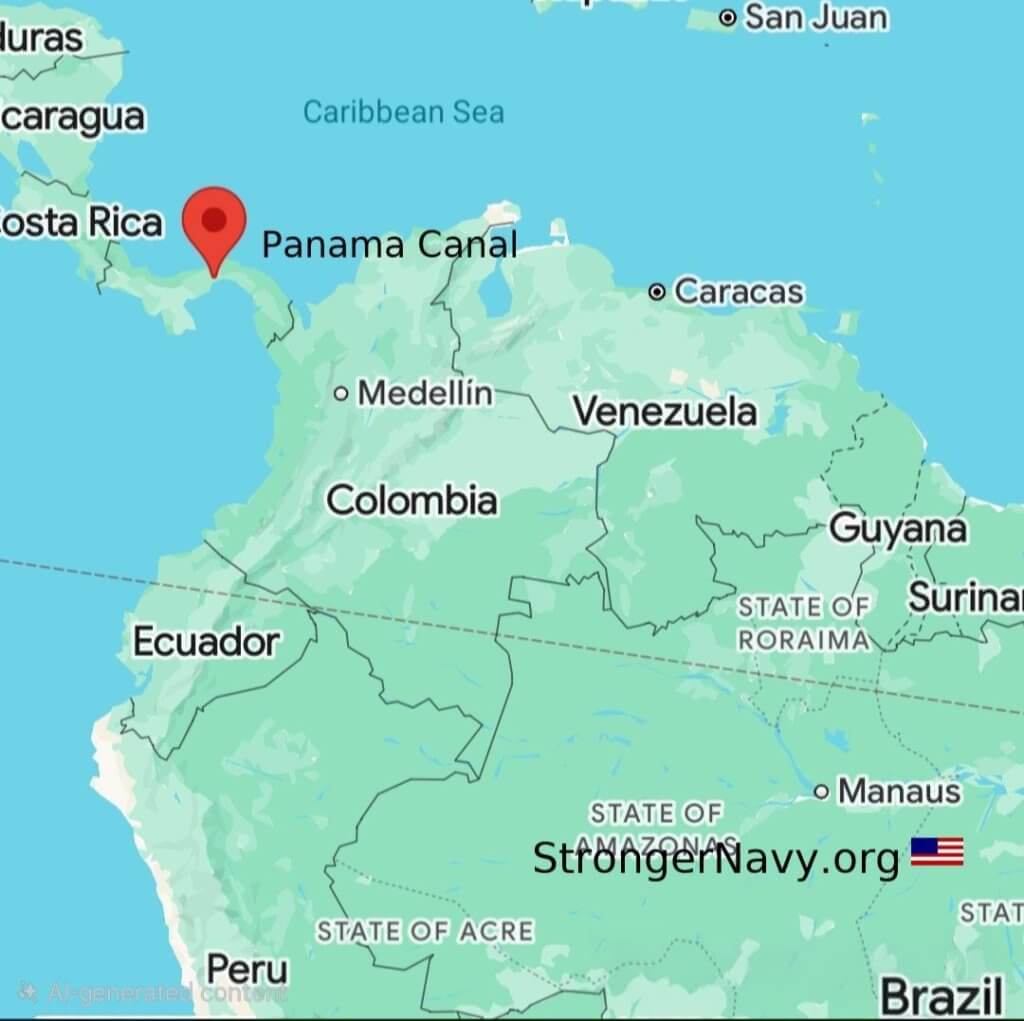

What held true in the 1970s when I served in the U.S. Navy remains true today: the sea—its lanes, chokepoints, and often hidden logistics networks—is where national power meets commerce and security. As founder of Americans for a Stronger Navy, I’ve watched the Caribbean region shift from a legacy theater of interdiction to something far more strategic and volatile. The United States must stay anchored to its enduring maritime interests, while soberly recognizing how the threat environment has evolved. The piece that follows lays out those stakes and changes in straightforward terms.
The security of the United States has always been tied to the sea. From the earliest days of the Republic, American prosperity has depended on open waterways, secure maritime trade routes, and the prevention of hostile powers establishing influence near U.S. shores. These principles are not abstractions. They are the foundation of American national strategy.
Recent naval actions in the Caribbean, including the deployment of the USS Gerald R. Ford and the use of lethal force against suspected drug-trafficking vessels, have reopened a debate about the role of the U.S. Navy in the Western Hemisphere. Some see decisive action against destabilizing criminal networks. Others see a dangerous shift away from established maritime law and precedent.
This post does not seek to argue either side. Instead, it lays out the strategic facts that Americans must understand before forming an opinion.
I. Enduring U.S. Interests in the Western Hemisphere
For more than two centuries, American maritime strategy in the Caribbean has centered on three core objectives.
Freedom of Navigation
The Caribbean connects the Atlantic and Pacific trade systems. The majority of U.S. trade, energy transit, and commercial shipping depends on unobstructed access through these waters.
Security of Strategic Chokepoints
The Panama Canal remains a critical artery of global commerce. Any disruption—whether from instability, coercion, or foreign control—would have immediate and far-reaching economic consequences.
Prevention of Adversarial Influence Near U.S. Shores
From the Monroe Doctrine through the Cold War, American policy has consistently sought to prevent rival powers from establishing military or strategic footholds in the region. Today, this concern increasingly centers on the growing presence of the People’s Republic of China in ports, telecommunications, and financial networks throughout Latin America and the Caribbean. According to the Center for Strategic and International Studies, China Merchants Port now holds full ownership of Jamaica’s Kingston Freeport Terminal, one of the region’s key shipping hubs, and Beijing has invested billions in dual-use maritime infrastructure across the hemisphere.
These interests are longstanding. They are not partisan. They are structural.
II. The New Strategic Landscape: Crime, State Actors, and Maritime Security
What has changed is the nature of the threat.
The Synthetic Drug Crisis as a National Security Issue
The U.S. is experiencing a mass-casualty public-health emergency, with tens of thousands of deaths annually attributed to synthetic opioids. Major criminal organizations responsible for production and distribution have developed transnational financing, manufacturing, and logistics networks.
The China Connection
Multiple U.S. agencies have identified two critical dependencies.
Chemical Precursors and Equipment
Key components used to manufacture synthetic opioids are sourced overwhelmingly from Chinese firms.
Financial Networks
Laundering operations linked to PRC-based intermediaries move cartel funds through international markets at scale.
Strategic Presence in the Region
Simultaneously, the PRC has invested heavily in dual-use ports, intelligence-collection infrastructure, and economic footholds across the Caribbean and South America. By 2023, direct Chinese investment in island nations reached $3.3 billion, while infrastructure contracts totaled $32 billion.
As one recent illustrative example, the U.S. guided-missile destroyer USS Gravely docked in Port-of-Spain, Trinidad and Tobago on 26 October 2025 as part of joint exercises with regional partners near Venezuela—a vivid symbol that U.S. maritime posture in the Caribbean is expanding from interdiction to forward presence.
The issue is no longer purely criminal. It is geopolitical.
III. The Question Before the Country: Method, Law, and Strategic Consequence
The central debate is not whether the United States should defend its interests in the region. It should and always has. The debate is how that defense should be conducted.
Argument for Military Kinetic Action
Supporters argue that the scale of the synthetic-drug crisis qualifies as a national-security threat, enabling the use of military force in self-defence. They contend that criminal networks operating with state-linked support may be treated under the laws of armed conflict.
Argument for Maintaining Traditional Maritime Law and Interdiction Precedent
Legal scholars and military ethicists warn that conducting lethal strikes against vessels without warning may erode long-standing maritime norms. Precedent matters. If the U.S. asserts the right to destroy vessels at sea based on national-security claims, adversaries could use the same justification in other contested waters—potentially including the South China Sea.
The strategic risk is that a short-term response to an urgent threat may weaken the very system of maritime stability the United States has spent generations defending.
Conclusion: The Need for Strategic Clarity
The United States cannot afford to lose stability, access, or influence in the Caribbean. The region matters today for the same reasons it mattered in 1823, 1947, and 1989: geography does not change. What has changed is the strategic environment, the nature of violence, and the actors capable of shaping the maritime domain.
As Americans, we now face a difficult question:
How do we defend our interests in the Western Hemisphere without undermining the maritime rules and partnerships that underpin global stability?
The answer requires seriousness, informed public understanding, and national unity.
That’s why we launched Charting the Course: Voices That Matter — a 24-part educational series breaking down how we got here, what went wrong, and what must happen next. Our goal is simple: educate the public, connect the dots, and build the support needed to close the readiness gap before it’s too late.
Let’s roll.
